The oceanic trenches (with depths exceeding 6000 meters) feature a distinctive V-shaped structure. Due to sampling difficulties, trench research has been the last frontier in marine science. Researchers have questioned if the biogeochemical processes in oceanic trenches are similar to those in the general deep ocean (e.g., 1000-5000m). If so, is it possible to extrapolate the findings from ocean depths of three kilometers to understand the processes in oceanic trenches? These questions have prompted marine scientists worldwide to explore this fascinating and unknown domain.
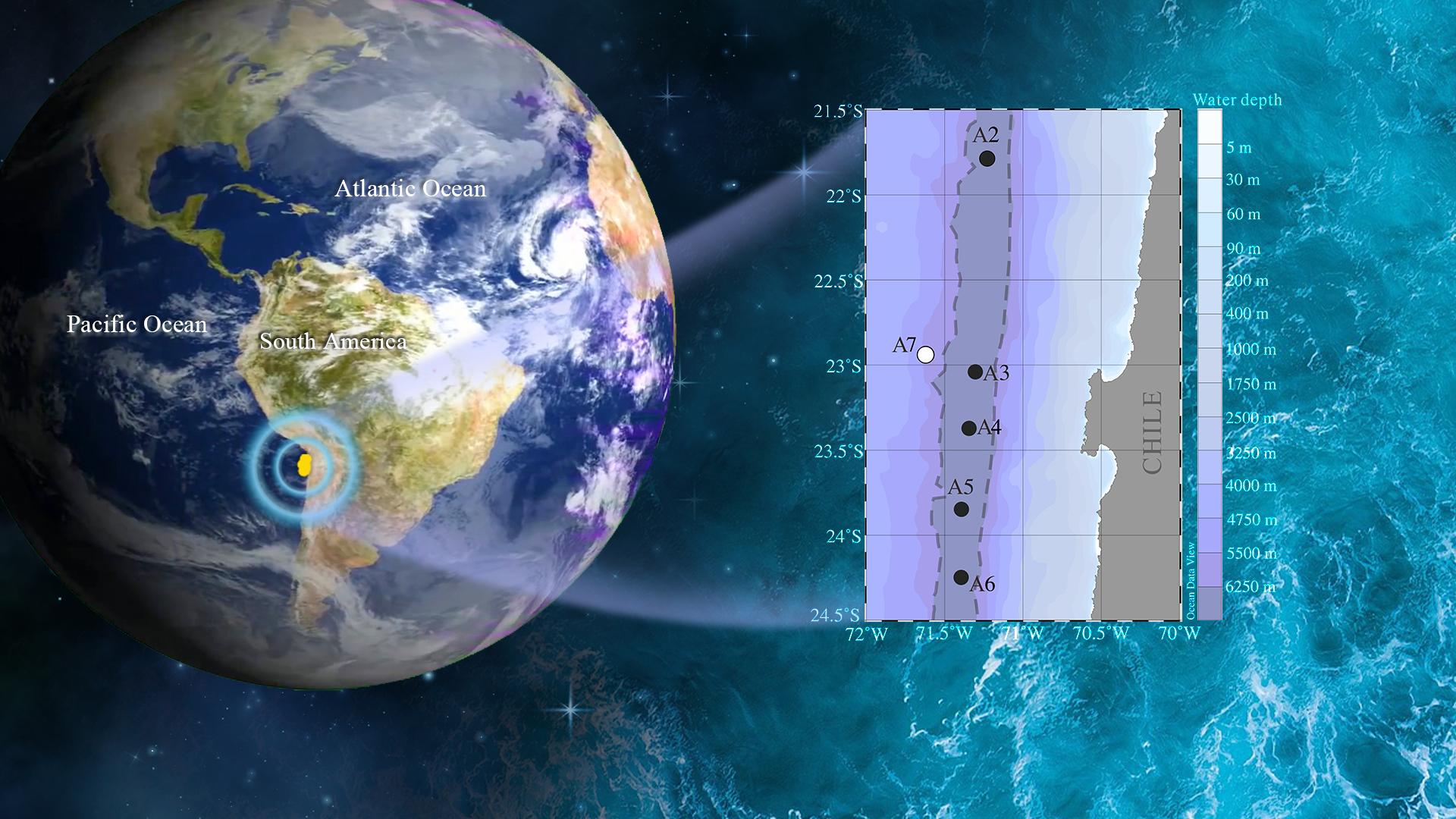
Professor Xinxin Li’s research team from the Department of Ocean Science and Engineering at the Southern University of Science and Technology (SUSTech) has recently achieved a global breakthrough by quantifying the sources and sinks of particulate organic carbon (POC) in oceanic trench waters, shedding new light on deciphering the carbon sequestration in the deep ocean.
The ocean is one of the largest active carbon reservoirs in the world. The ecosystem absorbs and sequesters carbon dioxide from the atmosphere, and plays a crucial role in achieving carbon neutrality goals. Consequently, processes and mechanisms of marine carbon sequestration have become a hot topic in current research.
Marine phytoplankton in the euphotic zone can absorb and convert atmospheric carbon dioxide into POC through photosynthesis. This organic carbon can sink to the seafloor with gravity, allowing the deep ocean to act as a carbon reservoir, thus contributing to global climate regulation. However, how much POC reaches the ocean trenches, how it withstands microbial degradation during its descent to depths of thousands of meters, and whether there are other sources of POC in the oceanic abyssal trenches remain to be answered.
In pursuit of answers to these questions, Prof. Li’s team has collaborated with renowned marine research institutions both domestically and internationally. By measuring extreme water-column POC, dark carbon fixation rates, and microbial respiration rates, they quantified the sources and sinks of POC in oceanic trench waters.
These results, entitled “High variability in organic carbon sources and microbial activities in the hadopelagic waters”, have been published in the top-tier journal Limnology and Oceanography, providing novel insights into the carbon sequestration in abyssal trenches.
Embark on a journey to explore the oceanic trenches
Driven by passions for marine science, the researchers embarked on an expedition to explore the oceanic trenches, a dream form any oceanographers. In the past, trench research faced significant limitations in terms of technology and equipment costs, resulting in scarce research outcomes. However, with technological advancements, the past decade has witnessed substantial progress in trench research. Yet, it remains at the forefront of marine science, filled with endless unknowns waiting to be explored.
Although Prof. Xinxin Li has already participated in seven oceanographic expeditions, the opportunity to join the research in the Atacama Trench filled her with excitement, especially as she had primarily focused on nearshore estuarine work. Over a year of literature review and numerous discussions with colleagues and other institutions, she finally defined the scientific question concerning the cycling of POC and the impact from microbial activities in trench waters. A comprehensive experimental plan was devised to measure microbial carbon fixation (organic carbon source) and microbial respiration (organic carbon degradation) processes. Subsequently, Prof. Li and her Ph.D. student Xin Zhao joined a 40-day expedition aboard the research vessel “SONNE”(SO261) from the port of San Antonio, Chile, to Guayaquil, Ecuador, to conduct investigations in the Atacama Trench.
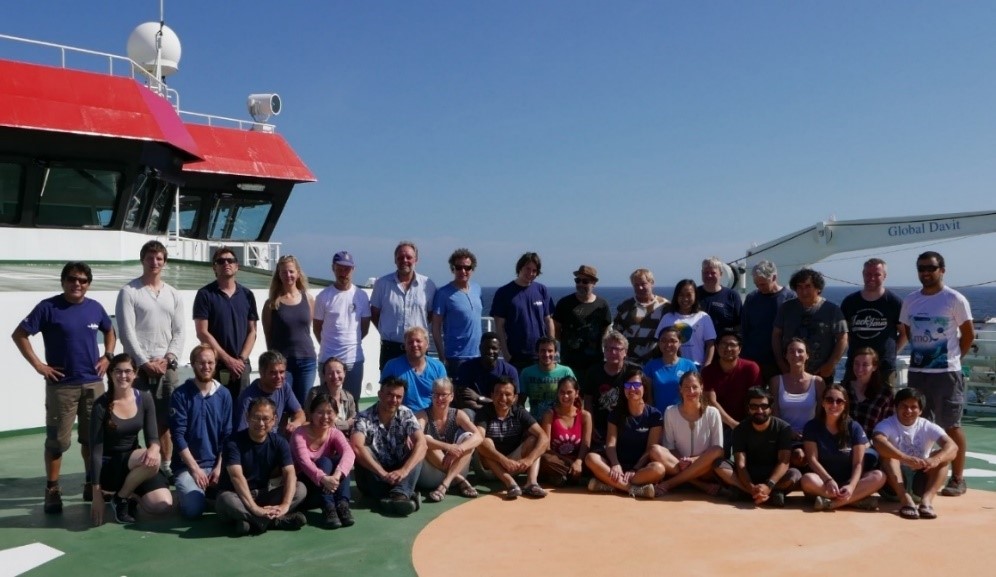
Figure 1. The expedition team on RV“SONNE” (SO261)
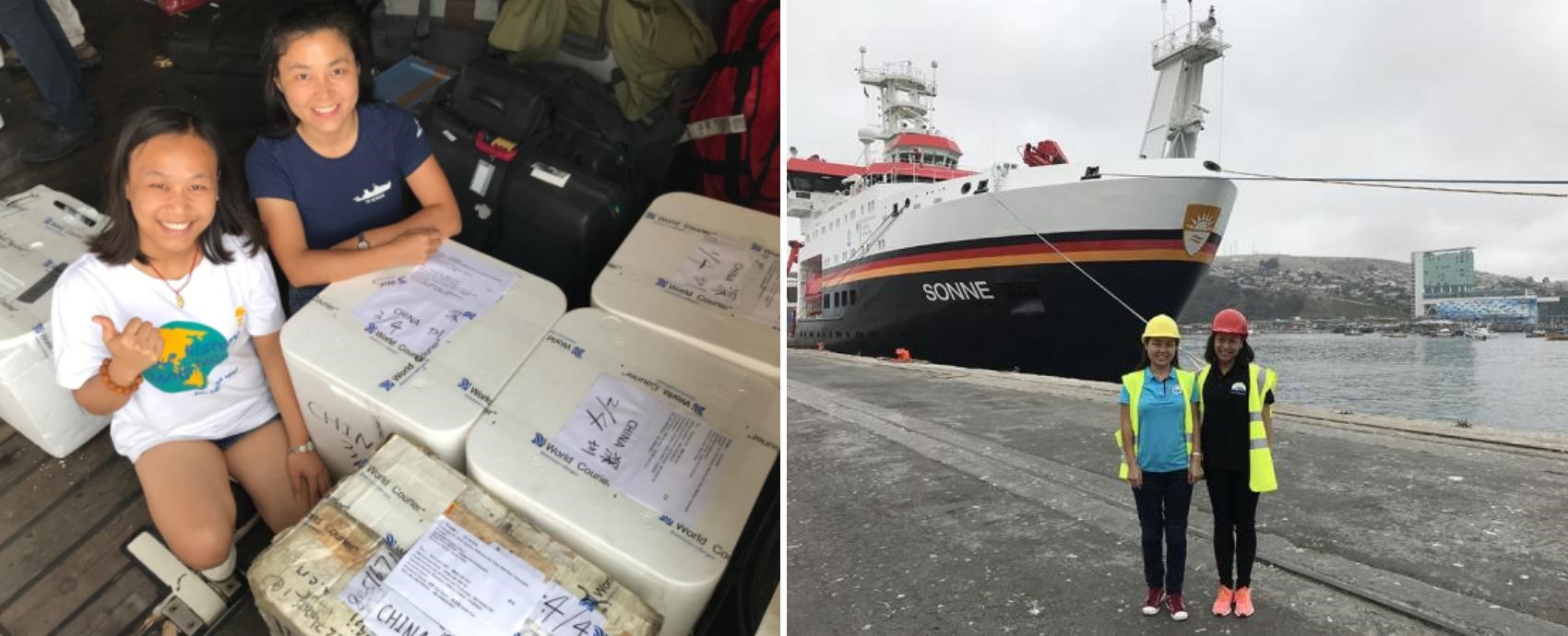
Figure 2. Prof. Xinxin Li and Ph.D. student Xin Zhao
Providing new perspectives on the source of POC aiding trench carbon sequestration research
On board the renowned German research vessel “SONNE” (SO261), Prof. Li’s team collaborated with 15 globally recognized marine research teams to deploy and recover trench landers and CTD-Rosette water samplers. They collected a wealth of trench water samples using a custom-built autonomous rosette sampler with a pre-programmed water depth triggered by a pressure sensor for the trench water depth.
The team conducted a comprehensive biogeochemical analysis of POC content and its metabolism and synthesis processes in the Atacama Trench (Figure 3). The results revealed that the POC in the trench waters exhibited distinct characteristics from those in the overlying deep-sea waters (Figure 4), displaying significant variability that reflected the complex and intensive sediment dynamics within the trench.
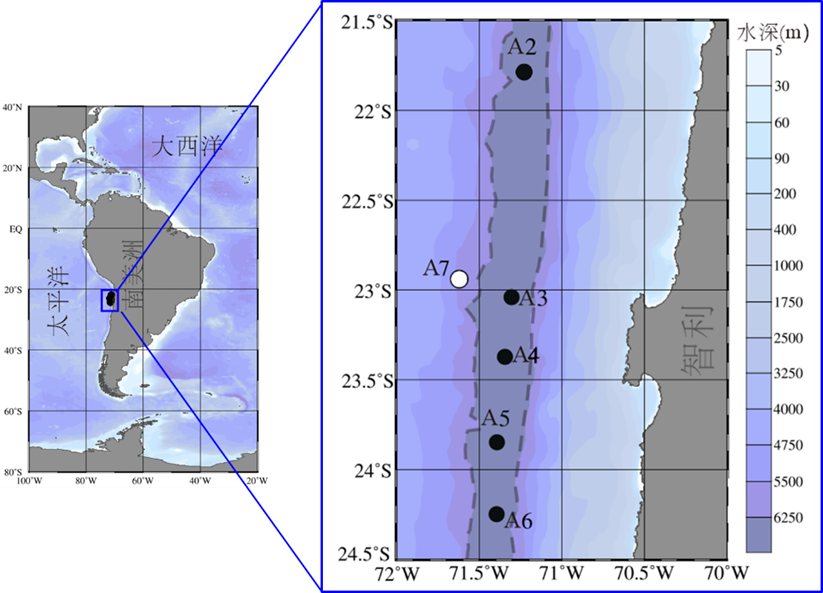
Figure 3. Sampling sites along the Atacama Trench during the SO261 expedition. The color code represents water depths in meters. A7 represents a reference abyssal plain station, while the other sites are located within the trench axis.

Figure 4. Depth profiles of POC and dark carbon fixation (DCF) rates at Stations A2, A4, and A6. The shaded regions represent the 95% confidence intervals of the power-law fit to POC.
This study quantified for the first time the dark carbon fixation rates in the production of organic carbon in the trench waters (Figure 4), which accounts for 2.9 ± 0.4% of the primary productivity in the euphotic zone in the study area. This finding is of significant importance for maintaining life within the trench and carbon storage. Moreover, the degradation of POC, represented by the microbial community respiration proxy, exhibited different characteristics with depth at six stations, but microbial respiration was dominated by the 0.8–3.0 μm microbes, accounting for 71 ± 12% of the total on average. This suggests that particles serve as important “hotspots” for microbial activities in the oceanic trenches (Figure 5).

Figure 5. Microbial community respiration proxy (μmol C m-3 d-1) of particle-associated (>0.8 µm) and free-living (0.2–0.8 µm) microbial communities in the Atacama Trench. The grey, orange, and deep blue bars represent surface, deep, and trench water, respectively. The black lines represent the proportion (%) of particle-attached microbial community respiration to total community respiration at each station.
The innovative findings deepen our understanding of the POC cycling in oceanic trenches and fill the gap in understanding the “benthic-pelagic” coupling of a complete oceanic depth. This provides insights for evaluating the contribution of trenches to the global marine carbon budget, understanding, and harnessing deep-sea carbon sequestration, and realizing marine carbon neutrality.
This research was conducted in collaboration with Xiamen University, the University of Southern Denmark, the Alfred Wegener Institute, and the University of Concepcion. It was supported by the National Natural Science Foundation of China (NSFC), European Research Council, and the Shenzhen International Cooperation Fund.
Groundbreaking discoveries supporting China’s deep-sea strategic research
Over the past five years, Prof. Xinxin Li and her team members have actively participated in trench-related conferences both domestically and internationally. In 2019, focusing on the impact of microbial net carbon fixation processes on organic carbon cycling in the Atacama Trench, they were invited to Denmark for a stage-specific workshop to discuss various aspects, ranging from the water column to sediment, from deep-sea plains to the deepest points of the trenches, including physical and chemical parameters, organic matter and microbial activity in the water column, new species in the trenches, sediment biogeochemistry, element cycling, organic pollutants, and microplastics. Additionally, Prof. Li has actively invited outstanding scientists from the expedition to SUSTech, enhancing international cooperation and exchange in trench research and laying a solid foundation for future work.
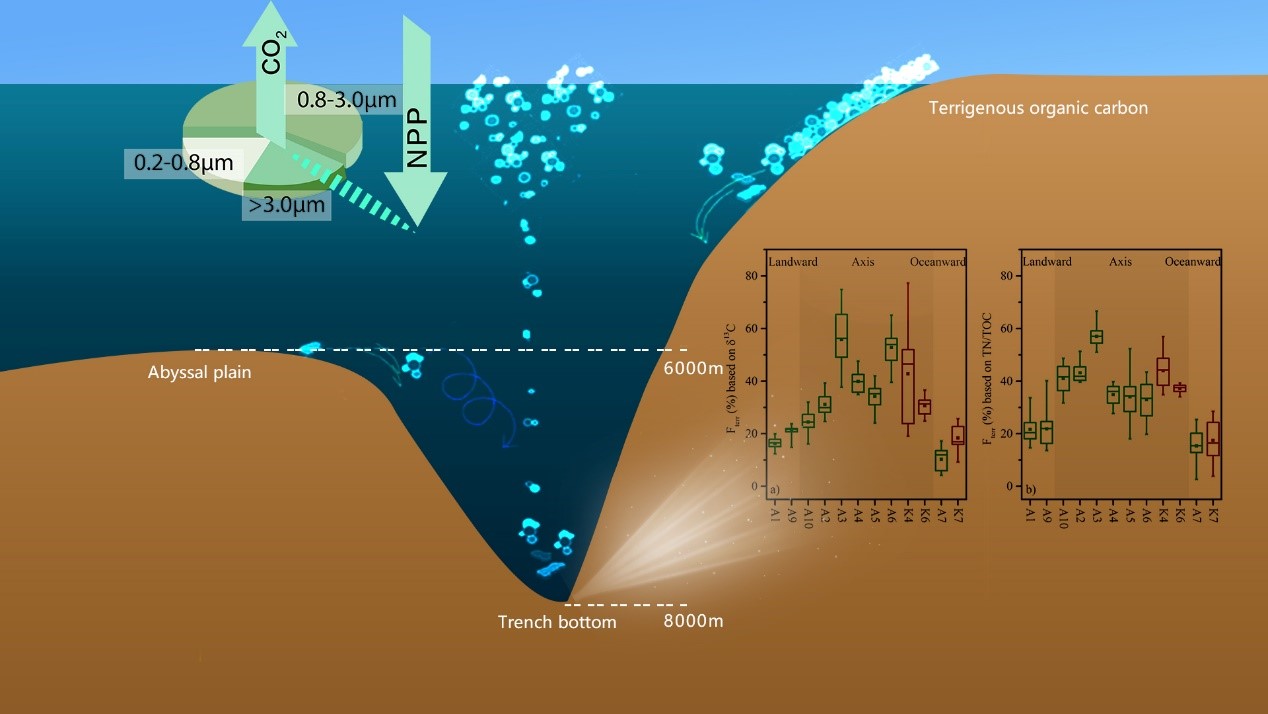
As their research delves deeper, the team’s series of discoveries in the “carbon” search have greatly contributed to China’s deep-sea strategic scientific research.
Limnology and Oceanography paper link: https://doi.org/10.1002/lno.12379
Related links:
Journal of Geophysical Research: Biogeosciences: https://doi.org/10.1029/2020JG006189
Oceanologia et Limnologia Sinica: http://dx.doi.org/10.11693/hyhz20200600163
Eos.org: https://eos.org/research-spotlights/a-deep-dive-into-organic-carbon-distribution-in-hadal-trenches
Previous research news publication: https://newshub.sustech.edu.cn/en/html/202106/31547.html
To read all stories about SUSTech science, subscribe to the monthly SUSTech Newsletter.
Proofread ByAdrian Cremin, Yingying XIA
Photo By